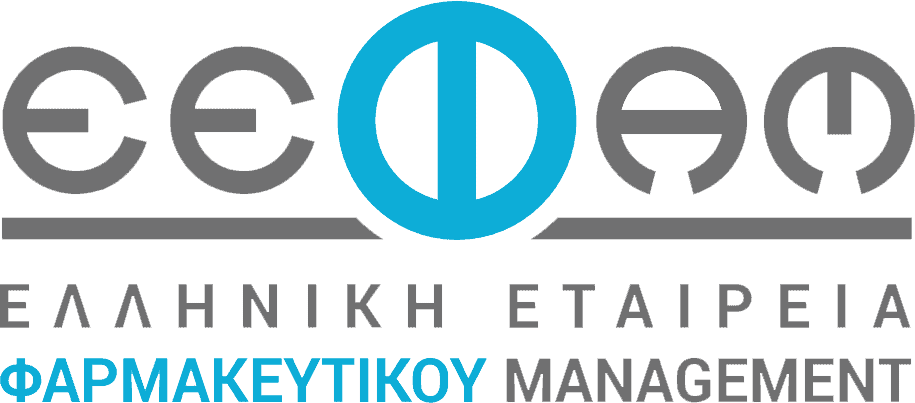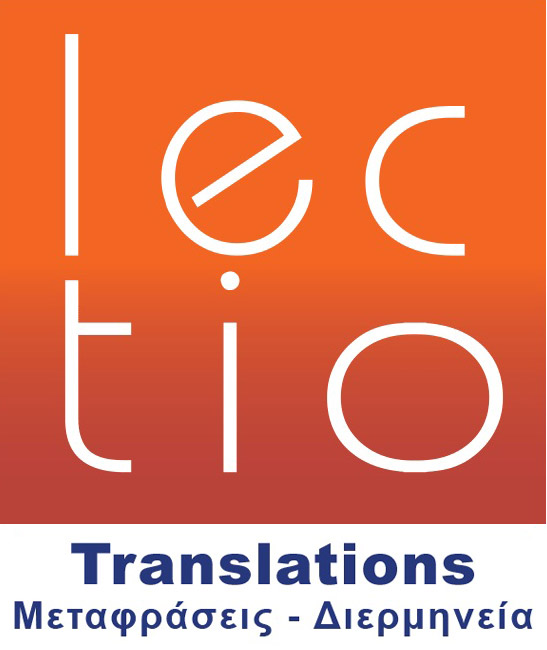Blog
Blog
Obesity drugs have blockbuster potential for Novo, Lilly and Pfizer, but reputation and payment risks abound

A working drug to help reduce weight in obese patients has long been a dream within many pharma companies
This should be no surprise, given the huge potential such a therapy would have across large parts of the world where a sedentary lifestyle and a high-calorie diet have pushed up belt sizes, and, correspondingly, the size of a potential market.
Obesity can be a silent killer, upping the risk of diabetes, heart disease and liver disease, to name just a few, all of which also add pressure on healthcare systems.
In the U.S. alone, medical care costs tied to obesity were $173 billion in 2019 dollars, according to research cited by the Centers for Disease Control and Prevention. A cost-effective therapy for obesity could reduce healthcare costs by tens of billions of dollars and add healthier years to people’s lives.
There are already a number of non-drug treatments for obesity, including medical interventions such as gastric band surgery, but a relatively cheap pill or quick shot that can dramatically reduce a patient’s weight remains the Holy Grail.
There are approved anti-obesity drugs, most of which began to come out in the early 2000s and include meds like Orlistat, Contrave and Qsymia. Many of these, however, came with side effects and could increase the risk of heart disease, which in the end stopped short any real money-making trajectory.
That all changed with the realization that GLP-1 drugs, which began life as anti-diabetes meds, had an unusual side effect: weight loss.
Novo Nordisk, which leads the way in GLP-1 drugs with its franchise-in-an-ingredient semaglutide marketed as a diabetes pill in Rybelsus and as an injectable with Ozempic, quickly realized it could tweak its formulation and create a new, purpose-built weight loss drug.
That drug is Wegovy, which nabbed its first FDA approval last year for certain obese patients to help lower their weight. Novo also markets Saxenda, also a GLP-1, but Wegovy is set to be the leading therapy for the company.
However, Novo has had a tricky launch: Manufacturing woes have pushed back supply, while demand has skyrocketed thanks to a largely unwelcome social media and celebrity craze for Wegovy and Ozempic, which can also help with weight loss.
Novo told Fierce Pharma Marketing this week that it is scaling back Wegovy ad campaigns for the near future in an attempt to lessen demand as it also continues to try to resolve its supply issues.
Meanwhile, waiting in the wings is Eli Lilly and its newly approved diabetes drug Mounjaro, which works as a dual GLP-1/GIP (glucose-dependent insulinotropic polypeptide). The Big Pharma is pivoting Mounjaro into a weight loss drug, much like Novo did with Ozempic and Wegovy.
Lilly’s therapy, which could be approved in obesity later this year and launch in late 2023, would still be a strong contender to Wegovy, despite its later entrance.
In a note to clients published this week, analysts at Moody’s said its “strong efficacy” is likely to drive strong growth, with projected sales at close to $4 billion in 2025. Moody’s said that Wegovy’s sales should be around double Lilly’s, growing to about $8 billion by 2025, and obesity will represent about 24% of total sales, given its earlier entry into the market.
Both drugs are evenly matched; Wegovy has shown average weight reduction of 15% to 17% after 68 weeks in patients without diabetes and works as a reasonably convenient weekly injection.
Lilly, meanwhile, currently has four phase 3 studies of tirzepatide in obesity. Tirzepatide is the ingredient in Mounjaro, which will likely have a new name for any obesity label.
The studies were originally intended to be the basis of its potential approval. Last year, the first of these studies showed weight reduction of 16% to 22.5% after 72 weeks, depending on the dose. Then, just last month, a second trial showed average weight reduction of 13.4% to 15.7% after 72 weeks in patients with obesity or overweight, and also with Type 2 diabetes.
The FDA has already handed out a fast-track designation to tirzepatide and Lilly is also using a priority review voucher for this submission, with a filing expected soon.
Novo also has a potential ace up its sleeve when it comes to heart disease risk: While early anti-obesity drugs could up cardiovascular problems, new data out this month appear to show that Wegovy could lower the risk of heart disease in patients taking the drug for a year by 18%.
Risks with reward
But Moody’s warns that these new drugs could succumb to issues around side effects, which, while better than earlier drugs, are not risk-free, and any problems arising from these meds could hit a company’s reputation hard.
“Weight-loss drugs entail social risks including safety and litigation risks,” Moody’s said. “These drugs will be taken by patients that are still young and in relatively better health than drugs treating life-threatening conditions like cancer, but they also come with certain side effects.”
Moody’s also noted that there is a “higher risk of misuse of these drugs” by people without obesity, which the FDA’s label requires for its use, taking the drug to lose weight, even if they have a healthy body mass index.
“While this use would be off label, it could still create some reputational issues for pharmaceutical companies commercializing these drugs,” Moody’s said.
There could also be issues with payers reimbursing for these drugs in the U.S. Coverage by private and government-run insurance plans will of course be key to long-term growth prospects.
Moody’s noted that in the U.S., many private health insurance plans cover “at least some of the cost” of weight-loss drugs, but Medicare does not currently reimburse for these drugs, which leaves a large hole in coverage.
Moody’s also sees growth in Europe as being “more gradual” as national health systems, paid for mainly by taxpayers, have tighter budgetary constraints.
A better pill to swallow
The current drugs from Novo come as shots and so too will tirzepatide, but both companies are working on oral versions of these meds, which would make them much easier to take and far more marketable.
Earlier this week, Novo released new data from a late-stage trial of an oral version of semaglutide, which helped overweight or obese adults lose weight in a way that was “comparable” to what is seen with injected Wegovy.
Lilly is also not resting on its injectable laurels and is working on an oral GLP-1 in the form of orforglipron, currently in phase 3 trials in Type 2 diabetes and obesity.
Pfizer, while further back in the R&D race, has also seen strong results with its oral anti-obesity hopeful danuglipron, a small molecule GLP-1R agonist.
The New York Big Pharma published detailed data for a 400-plus strong test trial of patients with Type 2 diabetes who either took danuglipron twice a day or a dummy therapy. The trial found that those who took a 120-mg version of danuglipron lost around 10 pounds over the course of 16 weeks.
Pfizer is, however, still several years away from being able to file danuglipron for any kind of approval, so it will be left to Novo and Lilly to battle it out for now.
Πηγή: fiercepharma.com





